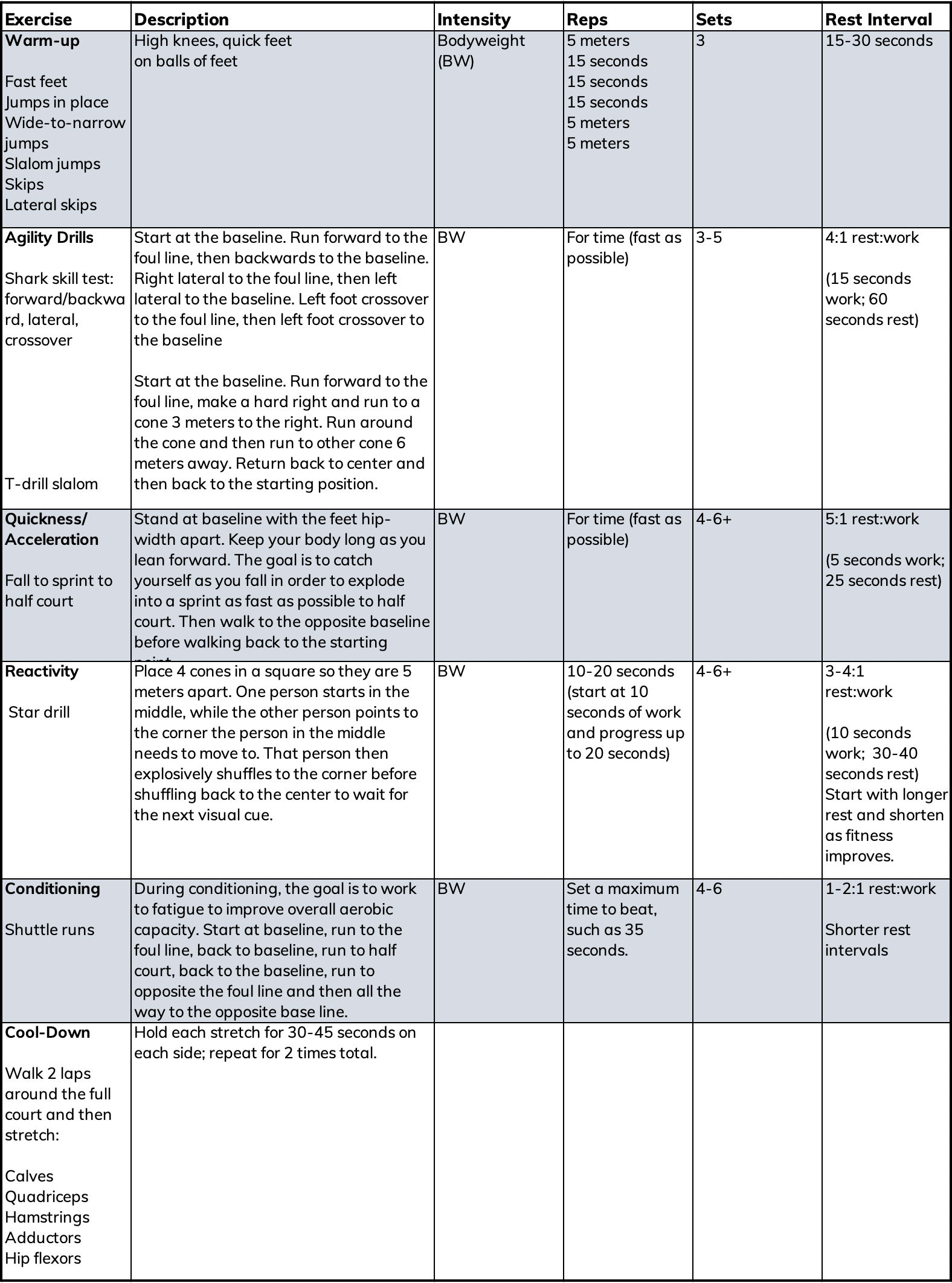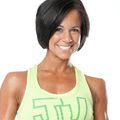Basketball players are amazing athletes. Besides having the eye-hand coordination to actually get the ball in the hoop, it takes a tremendous number of skills—including balance, reactivity, quickness and explosiveness—to be competitive. Although most of us will never play at an elite level, it doesn’t mean that we can’t train like our favorite basketball players. Here are five things to consider when designing a workout program for basketball, or any other sport, as well as a sample workout to get you started:
1. Whether it’s basketball or any other activity, if you have a favorite sport that you enjoy, it’s a good idea to do a proper workout to get in shape for it. Ask yourself: Do you play to stay in shape or do you want to get in the best shape possible so that you can get the most out of your game?
2. When it comes to developing a sport-specific program, keep in mind that there is a significant difference between skill development and conditioning. The good news is that no matter how old you get, it is possible to improve motor skills with a proper and progressively challenging workout program.
3. To help ensure optimal motor learning when teaching skills, it’s important to provide specific feedback and avoid working in a fatigued state. Conditioning, however, is different. While one purpose of practice is to learn to develop specific skills, the purpose of conditioning is to improve overall aerobic capacity to increase the time to fatigue while minimizing the time for recovery between challenging work bouts. The main difference boils down to the fact that skill training avoids fatigue, while conditioning focuses on working past the point of fatigue to improve overall work capacity.
4. In a sports-conditioning workout, be sure to practice the skills after a comprehensive, dynamic warm-up while the nervous system is fresh and your muscles have a full tank of gas (i.e., glycogen) before exercising to the point of fatigue during conditioning drills. And every workout should include a cool-down to jumpstart the recovery process between workouts.
5. Reacting to the unpredictable movements of an opponent is one of the most important skills any athlete can develop. Therefore, whenever possible it’s a good idea to train with at least one friend so you can do reactivity drills. You can provide directional cues—“right,” “left” or “back,”—for your friend during a drill, who rests while providing reaction cues during your turn.
The following sports-conditioning workout requires little more than space (an indoor basketball court is ideal) and one’s own body weight (and a workout partner, if possible). (Note: Some drills call for cones, but you can also use water bottles or similar objects as markers.)

To learn more about how to design sports conditioning workouts for your basketball star, consider attending one of our upcoming ACE Sports Conditioning Workshops or our ACE Sports Performance Specialist program.




 by
by 






 by
by